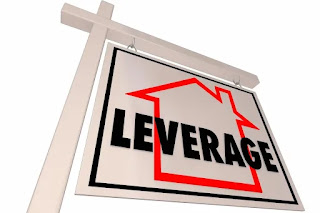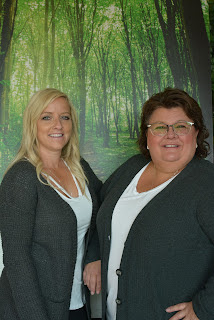⚖️🏘️How to best leverage your home equity💰🪜
A house fulfills the basic need for shelter, the typical homebuyer refers to it as an “investment,” they don’t usually mean that the property will yield any financial returns. However, a house can also be a wealth-building asset—if you know how to leverage your equity properly.
Home equity is simply how much of your property you own,
i.e. how much you’ve paid for versus how much mortgage is left to pay off. If
your property is worth $200,000, and you have $150,000 left on your mortgage,
your home equity is $50,000.
When you borrow against your home equity, your property
becomes collateral. In return, you get lower interest rates as opposed to, for
example, those of credit cards. The obvious risk is losing your house if you
are unable to make the payments, but this risk can be mitigated if you are
careful about your finances and make wise decisions that are right for your
personal circumstances.
The word “debt” usually carries with it negative connotations
but acquiring it can be a great leg up on increasing your personal wealth,
often at a much faster rate than if you were to just do it by saving up. When
investing, you can put to work either your own money—which might affect your
cash flow and make immediate needs impossible or difficult to fulfill—or other people’s
money. The second scenario is essentially what it means to leverage your home
equity.
There are two ways lenders will allow you to borrow using
your house as collateral. One is through a fixed-term home equity loan and
the other through a home equity line of credit (HELOC). In a home
equity loan, a lump sum is released to the borrower. Payments are amortized
over a set period of time. On the other hand, a HELOC is much like a credit
card that allows you to withdraw any amount within the credit limit and period
of validity. It allows you a lot of flexibility because paying off the
principal frees up your available credit. If your maximum line of credit, for
example, is $20,000, and you pay off $5,000 of the $10,000 that you’ve
borrowed, then your available credit becomes $15,000 ($20,000 – $10,000 +
$5,000 = $15,000).
According to the Financial Consumer Agency of Canada,
HELOCs are second only to mortgages as the largest contributor to the growth of
household debt, thanks to their accessibility and flexibility. While this is
not necessarily a bad thing, we need to look at some facts.
49% of borrowers spent their debt on renovations, 22% on debt consolidation,
19% on the purchase of a vehicle, 19% on daily expenses, and 13% on vacations.
Only 11% used their HELOCs to acquire residential properties and make financial
investments.
36% of HELOC borrowers aged 25-34 used their loans to pay
off other debts. Initially, this seems to make sense, as it is essentially
replacing those debts with one that has lower interest rates. However, is this
the most efficient use of a loan?
A 2017 Canadian Business article reads, “Last
spring, the Financial Consumer Agency of Canada warned that the increased use
of HELOCs ‘may lead Canadians to use their homes as ATMs, making it easier for
them to borrow more than they can afford.’” Low interest rates over the last
few years have been enticing, but to avoid the pitfalls of debt build-up,
borrowers need to see loans as assets to grow their wealth rather than fund their
lifestyles.
But where do you put that money, and how do you manage the risks? Here are some ideas.
Renovations. Renovations, which account for the lion’s share of loan spending, may actually be a wise investment if the homeowner plans to sell the property at some point. Depending on the location and the real estate trends there, renovations can increase the value of the property.
Stock market. Purchasing stocks are known to be high risk, but a quote from Investopedia is worth mentioning: “There are no perfect definitions or measurements of risk.” Market volatility is definitely a concern, but some stocks carry more risk than others. This will depend on many factors like industry sector, economic trends, and the company’s history and profile. When investing in stocks, the first thing one must take into consideration is the expected returns versus the cost of acquiring the debt used to pay for them.
Education. When making the decision to pursue further studies, you must ask yourself whether or not education is a good investment that can realistically benefit you financially in the long run. One thing to note is that education is something that, unlike a house, cannot be foreclosed or taken away from you, but that is not to say that a diploma will automatically increase your wealth either.
Risk is, of course, a cause for concern, and putting all
your eggs in one basket, while it may yield high returns, can also prove
financially disastrous. Diversification is a great way to spread out these
risks over multiple investments.
There isn’t a single type of investment that is right for everybody. It will depend on your personal circumstances, existing assets, and tolerance for risk. The bottom line is that one should treat debt as a way to increase one’s personal wealth, and not as a means to instant gratification














Comments
Post a Comment